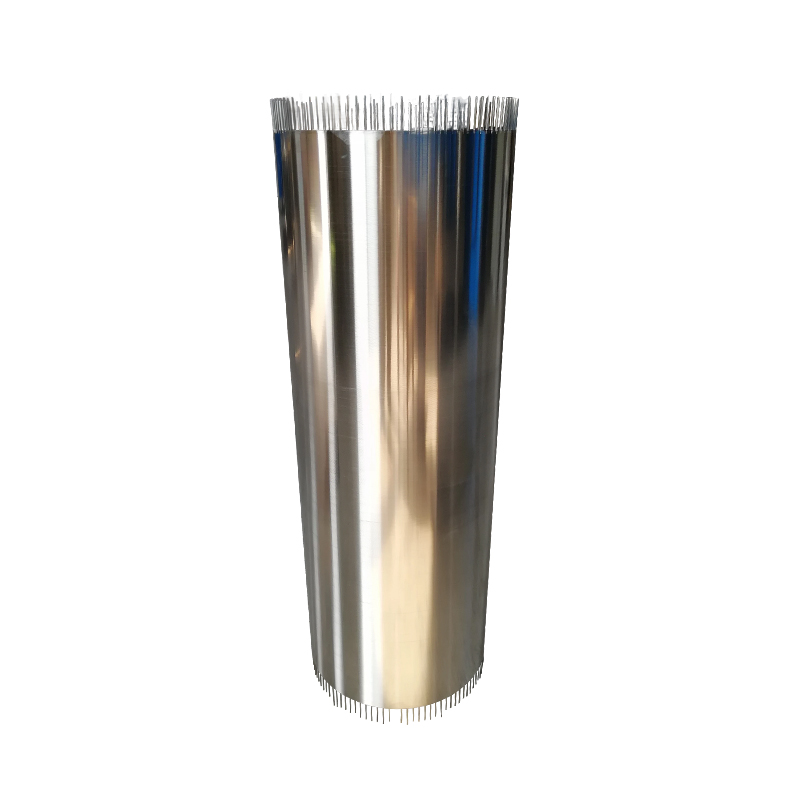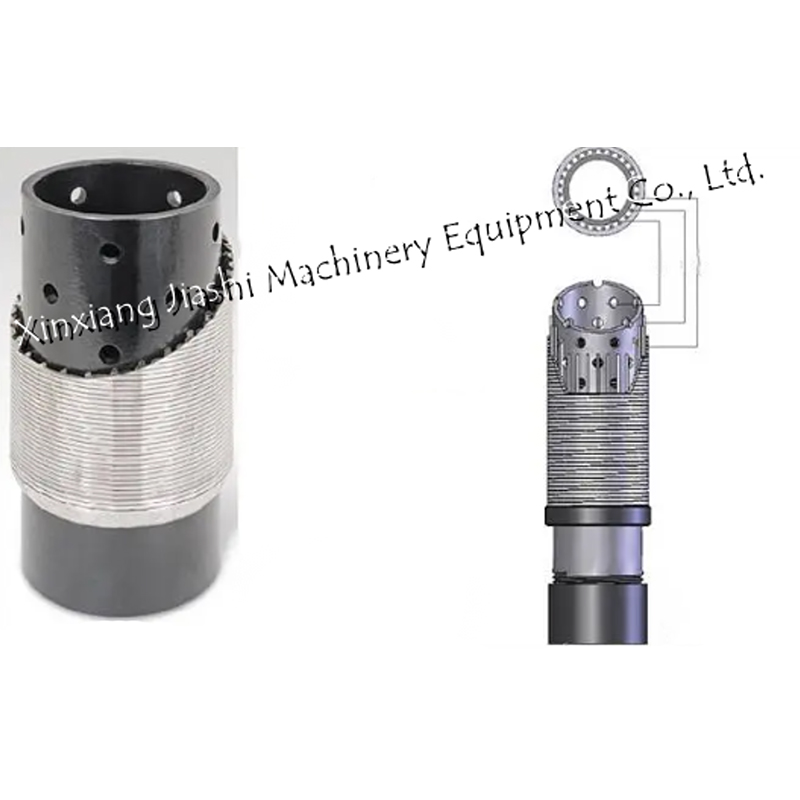How to effectively maintain and service high precision wire wrapped screen after long-term use?
Release Time : 2025-09-04
As a core component for downhole filtration and sand control, the long-term stable operation of high-precision wire wrapped screens relies on a scientific and systematic maintenance strategy. A comprehensive management system, from daily operation to deep maintenance, is required to ensure that high-precision wire wrapped screens continue to provide efficient filtration and support in complex downhole environments.
Basic maintenance during daily use is key to extending screen life. For heavy oil or highly waxy oil wells, a hot wash process is required to dissolve blockages by injecting high-temperature steam or chemical cleaning agents. Backwash pressure must be strictly controlled during operation, never exceeding 80% of the screen's rated pressure, to prevent wire deformation or cracking due to pressure fluctuations. Regularly inspect the seals at both ends of the screen to ensure the rubber seals are free of aging and cracking, and the metal pressure rings are free of looseness and deformation, to prevent fluid leakage from the ends and erosion of the base pipe.
Regular deep cleaning requires a customized plan tailored to downhole operating conditions. For wells with high sand production, quarterly mechanical sand removal is recommended, using specialized scrapers or high-speed rotating brushes to remove scale from the surface of the high-precision wire wrapped screens. During chemical cleaning, an appropriate acid formulation should be selected based on the salinity of the formation water. Hydrochloric acid is preferred for carbonate scale, while a combination of hydrofluoric and hydrochloric acids is used for silicate scale. During the cleaning process, the pH should be monitored in real time to ensure that the acid is fully reacted with the scale and then immediately neutralized to prevent corrosion of the stainless steel wire wrapping caused by the acidic environment. After cleaning, the screen should be inspected for diameter, and an internal diameter gauge should be used to verify that the flow area of the gaps meets the design requirements.
A quantitative assessment system should be established for structural integrity inspection. Regularly observe the internal wire wrapping of high-precision wire wrapped screens using an endoscope, focusing on uniform wire spacing, cracks at support rod welds, and pitting on the base pipe surface. Screens with localized deformation should be radially corrected using a dedicated fixture to restore the original geometry. If the number of broken wires exceeds 5% of the total number of wires, or if the continuous length of a single wire break exceeds 300 mm, the screen should be replaced immediately. For screens with axial misalignment, the support rod spacing should be readjusted to ensure uniform wire tension distribution.
Anti-corrosion maintenance requires a multi-layered protection system. For corrosive wells with high CO₂ or H₂S content, the screen surface should be pre-coated with epoxy resin or nickel-based alloy plating to form a physical barrier. During underground operations, sacrificial anode protection devices should be installed on the outside of the screen. This electrochemical mechanism preferentially corrodes the zinc alloy anode, slowing the corrosion rate of the screen itself. Regularly test the wellbore pH and chloride ion content. When the pH is below 6 or the chloride ion concentration exceeds 50,000 mg/L, the anti-corrosion maintenance cycle should be shortened and the frequency of inhibitor injection increased.
Standardized operating procedures should be established for storage and transportation. Screens that have been unused for a long time should be treated with rust prevention. First, use a high-pressure air gun to remove surface moisture, then evenly spray with anti-rust grease, and finally wrap and seal with moisture-proof paper. The storage environment should be dry and well-ventilated, with a relative humidity below 60%, to avoid the presence of acids and bases. During transportation, screens should be secured with dedicated brackets to prevent rolling and collision. Nylon slings should be used during loading and unloading; direct lashing with wire rope is strictly prohibited.
The introduction of intelligent monitoring technology is reshaping maintenance models. By integrating fiber grating sensors within high-precision wire wrapped screens, vibration frequency, temperature changes, and stress distribution can be monitored in real time. When these data exceed preset thresholds, an early warning system is automatically triggered. By integrating digital twin technology to create a three-dimensional model of the high-precision wire wrapped screen, machine learning algorithms can analyze historical maintenance data to predict remaining service life and provide data support for preventive maintenance.
Digital management of maintenance records is crucial for improving maintenance efficiency. An electronic archive containing information such as high-precision wire wrapped screen specifications, operating conditions, maintenance dates, and replaced parts should be established, with blockchain technology ensuring data immutability. Big data analysis tools can be used to identify failure patterns and optimize maintenance cycles. For example, sand cleaning frequency can be dynamically adjusted based on sand output, and anti-corrosion coating thickness can be accurately determined based on corrosion rate. By building a knowledge graph, maintenance experience can be visually shared and improved across the team's overall technical capabilities.







